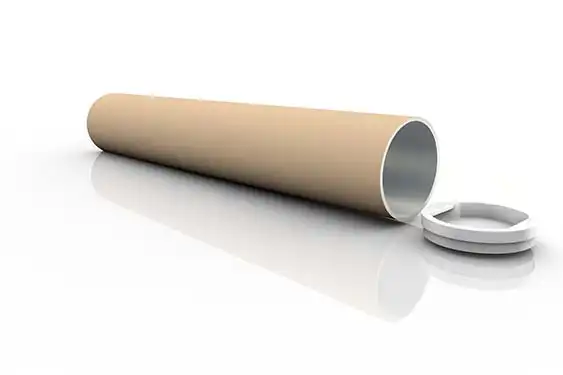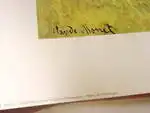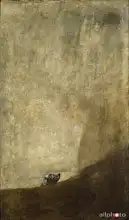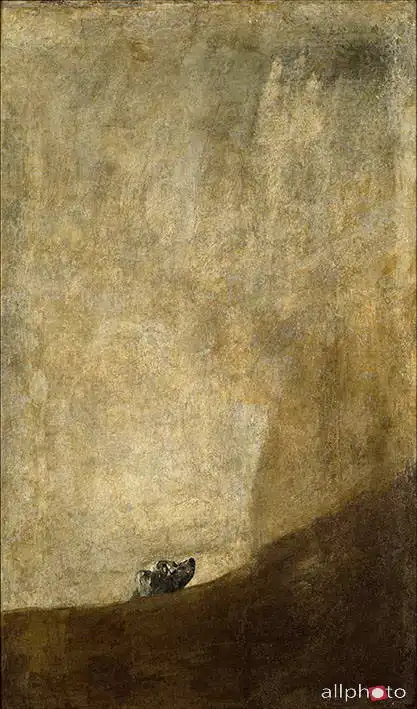About this finishing
Print. The image is printed on the top quality 10-ink HP Z9PS printer on HP matte 270 g / m2 paper. You can choose any size to an accuracy of 1 cm. A margin of 5 cm around the image is added to the size of the motif.


You can find a detailed description about our finishings
here.
Dog
Date:
1819-1823Medium:
oil on canvasLocation:
Museo del Prado, MadridDimensions:
79.3 x 131.5In the painting, we can see the head of a small black dog, which has an upward gaze. The rest of his body is hidden behind an indeterminate brown mass at the bottom of the image. The dog is one of 14 paintings that
Francisco de Goya painted directly on the walls of his house between 1819 and 1823. Works from this series are full of horror and terrifying themes, such as
Saturn devouring one of his children . These paintings were never intended for public exhibition, and indeed were never exposed to the sight of ordinary people until his death.
Goya painted picture Dog in 1819-1823. Prevailing color of this fine art print is brown and its shape is portrait. Original size is 79.3 x 131.5. This art piece is located in Museo del Prado, Madrid. This image is printed on demand - you can choose material, size and finishing.
Francisco de Goya (1746-1828). Born in Spain, the son of a goldsmith. His work is characterized by loose brush strokes, an unprecedented release from the obligation to draw exactly according to reality. His works are among the precursors of many future artistic directions (
Realism,
Romanticism,
Impressionism, Expressionism, and
Surrealism). He became the court painter to Charles IV and a member of the Academy. Among Goya’s most famous works are the cycle
Disasters of War (eg.
The Third of May 1808, a picture painted during the Spanish revolution against France, in which Goya utilises his typical brush strokes and plays with light, clearly showing on which side he stands) and portraits
Clothed Maja and
Naked Maja. The nude was, for the time, sensual, natural, and without unnecessary decorations (flowers, nature, silk). It is no coincidence that, for this painting, Goya was prosecuted by the Inquisition.


